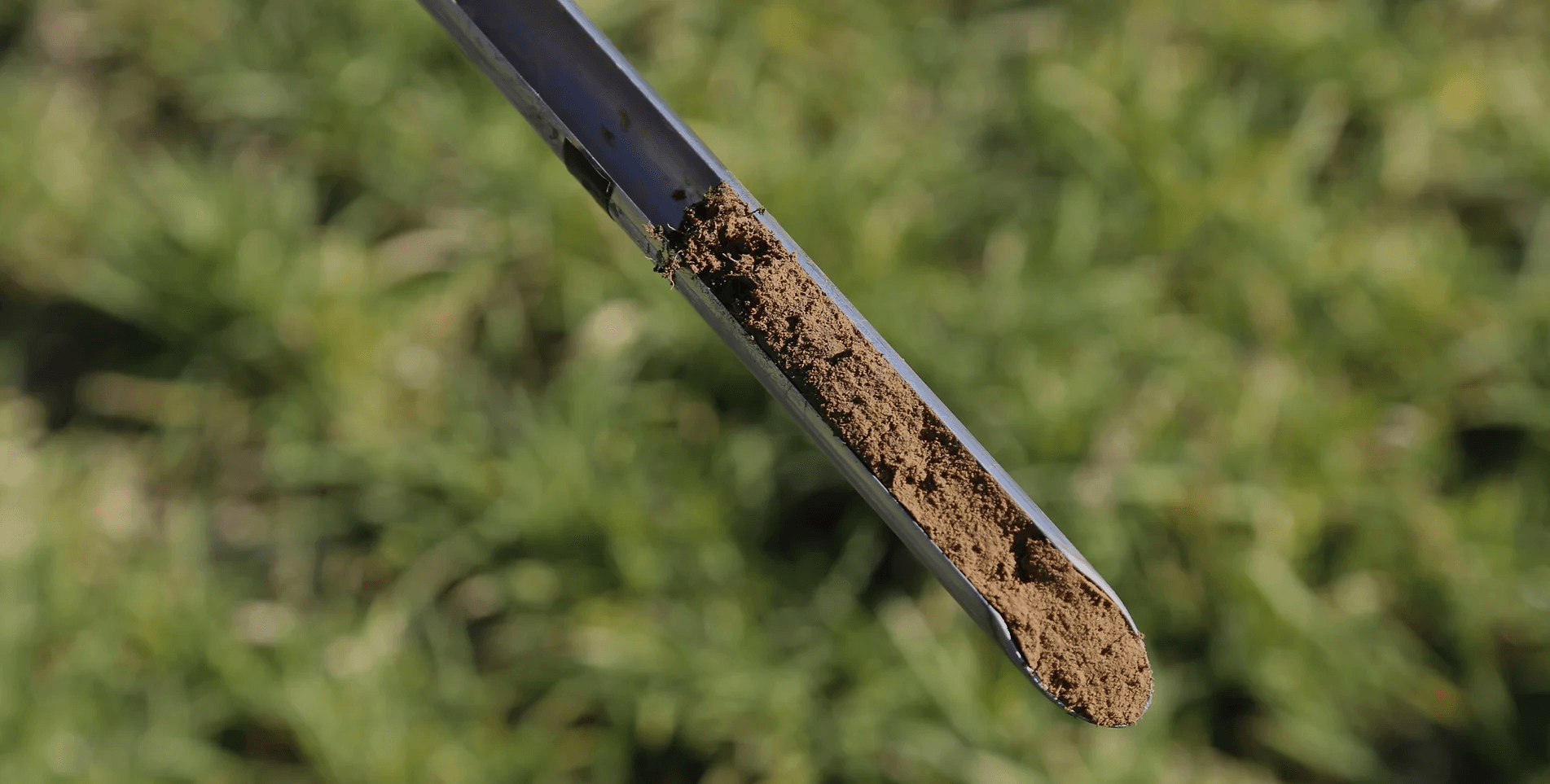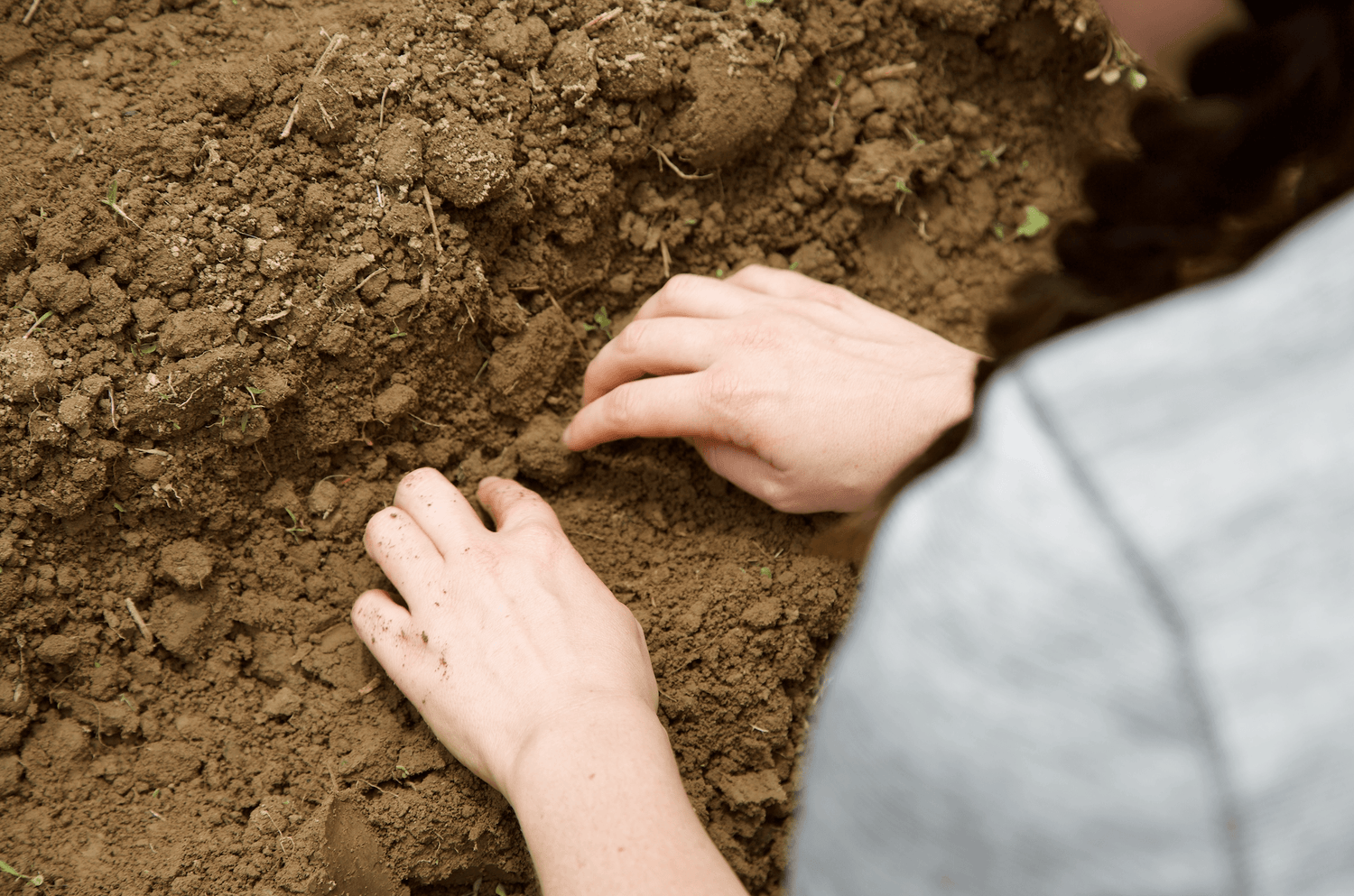Ongoing Study Highlight



The Soil Microbiome
Project Lead: Frank Loeffler
Summary: Soil is teeming with life and harbors millions of distinct bacterial and fungal species, estimated to make up about half of our planet’s biodiversity. Consider that a handful of healthy soil has more living microorganisms (microbes for short) than people on planet Earth. These soil microbes fulfill essential functions that impact a soil’s physical and chemical properties and overall soil health. Their activities provide nutrients to plants and help produce the food we eat. Microbial processes control geochemical cycling, and directly determine how much carbon and nitrogen stay bound in the soil or are released as carbon dioxide (CO2) or nitrous oxide (N2O), both climate-active greenhouse gases.
Soil microorganisms respond to soil management practices, and healthy microbiomes are crucial for curbing greenhouse gas emissions, building up soil carbon pools, and the sustainable production of healthy food.
The sheer number of different microbial species in soil has challenged functional and ecological investigations, but a new area begun with the advent of affordable high-throughput sequencing. Metagenome sequencing captures the deoxyribonucleic acid (DNA) of, ideally, all microorganisms in a soil sample, meaning that all genes in a soil can be captured. The functions of about two thirds of genes are known, allowing scientists to predict the functional potential of a soil microbiome. Computational data processing can assemble entire genomes of individual organisms, allowing researchers to assign functional attributes to specifc microbes. For example, if we can determine a soil’s repertoire of genes involved in a specific function of interest, we can develop quantitative monitoring tools for only these genes and the respective microbe(s). For example, if we are interested in N2O formation and N2O consumption, or carbon cycling, we can monitor specific sets of genes we know are relevant for these specific processes in the soil under study.
We are applying this general approach to explore the changes in the soil microbiome during the transition from conventional to regenerative agriculture. Soil samples were collected and sequencing of all DNA was performed to assess the gene repertoire and establish metagenome baseline information. A total of 18 replicate samples from three within field locations were analyzed to determine inherent variability and allow robust statistical analysis. Sample collection over time will reveal dynamic changes in the soil microbiome in response altered land management practice (i.e., the transition from conventional to regenerative farming). Regenerative agriculture results in measurable increases in soil carbon content, and one goal of this research is to link changes in the soil microbiome to altered soil carbon cycling under regenerative land management. We also expect lower N2O emissions and we will attempt to link reduced greenhouse gas emissions to changes in the soil microbiome. Knowledge of the specific genes and microbes for crucial soil functions (e.g., the buildup of recalcitrant organic carbon, reduced N2O emissions) will advance understanding of soil microbial ecology and lead to new monitoring tools for determining soil health.
Save 10% on your first purchase
Never miss our updates about new arrivals and special offers
